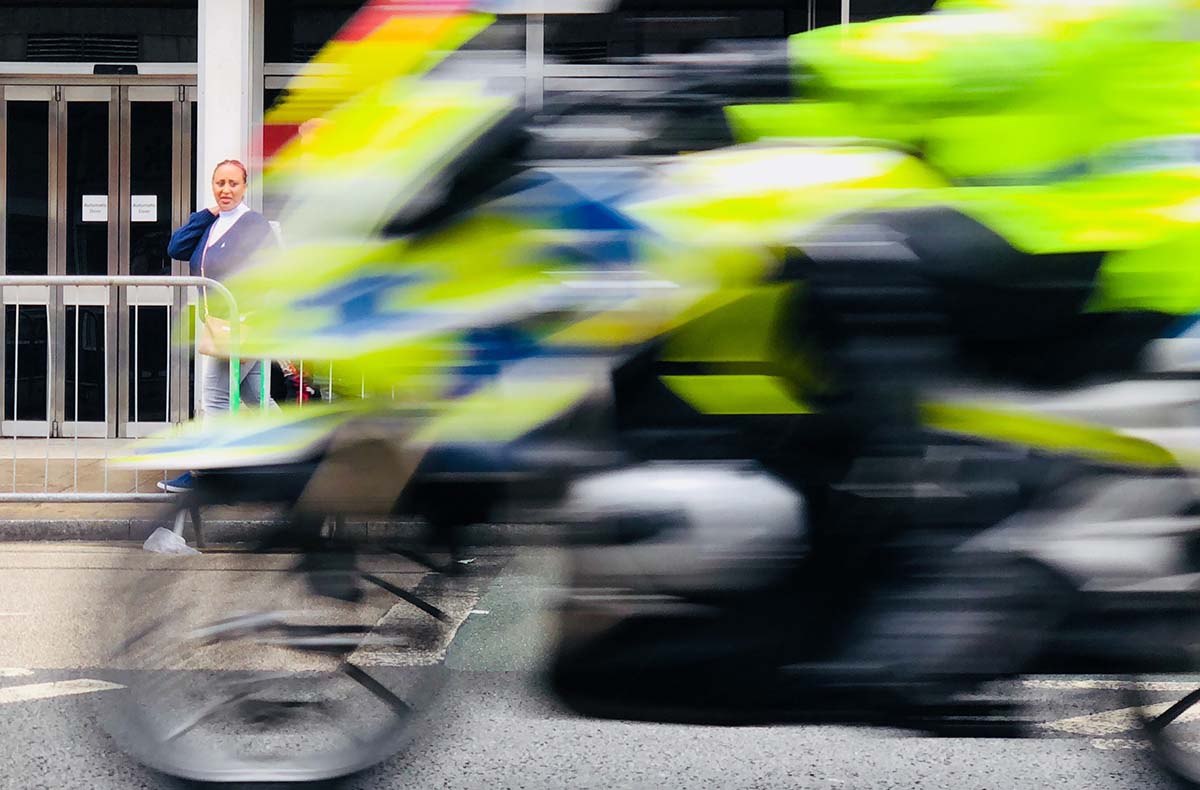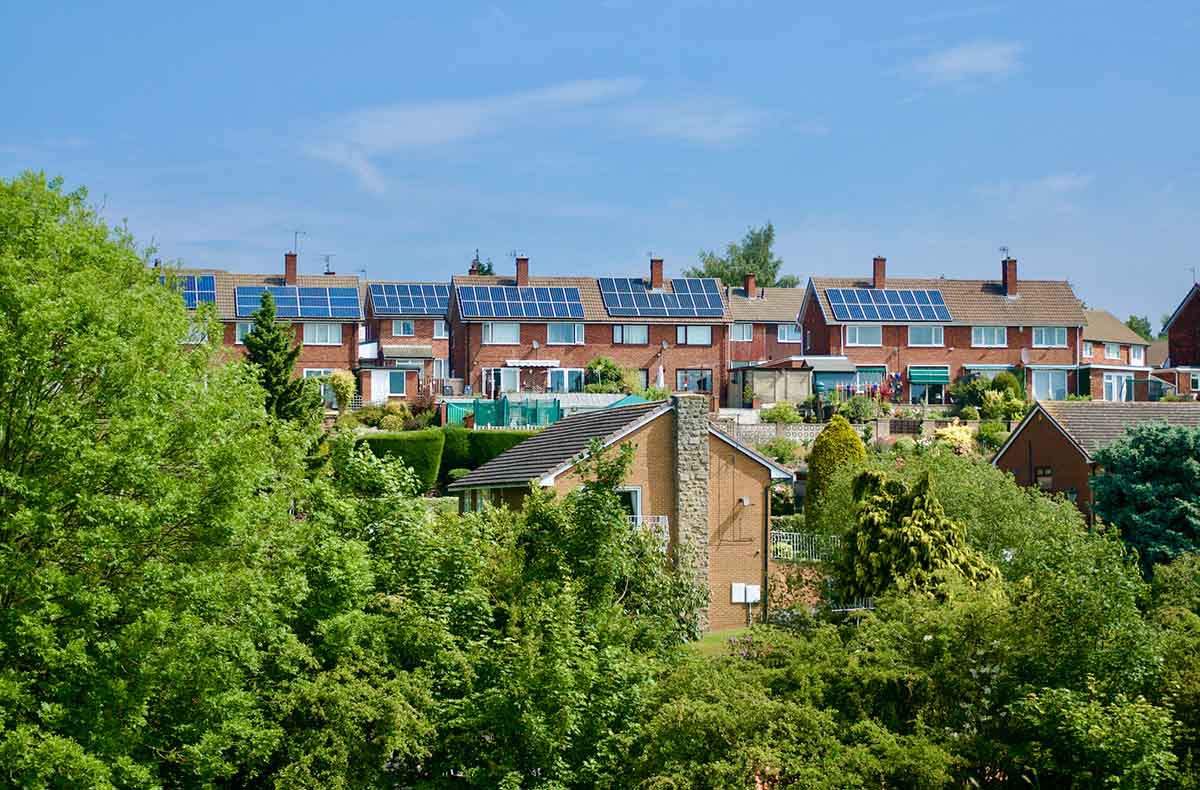
New year, same deadly scenario in Ukraine.
While cities across the globe celebrated the arrival of 2023 with beautiful fireworks displays, the people of Ukraine awoke to very different explosions.
Russian military forces launched a fresh wave of missile and drone attacks on Ukraine’s capital Kiev and elsewhere, killing more innocent civilians and damaging vital infrastructure during the bitter winter. This was all part of the Kremlin’s desperate bid to retain its dwindling foothold inside the neighboring territory.
Eleven months on from Moscow’s illegal invasion of February 2022, a chastened Russian president Vladimir Putin has watched as the determined Ukrainian military counter-offensive, buoyed by weaponry sent by allies, pushes his army back towards pre-war borders.
But this unwanted conflict has come at a huge cost: to Ukraine’s infrastructure, economy and people; to both sides’ militaries in terms of casualties; to geopolitical stability following decades of peace in Europe; to a Russia devastated by sanctions; and to Europe’s wider post-Covid 19 economies, hamstrung by soaring energy and food prices.
If 2023 delivers on one wish held by Europeans from Kiev to London, from Rome to Helsinki, it must be for peace in Ukraine and an end to this bloody, messy and wholly unjust war.
But exactly how will an end to hostilities be achieved? The geopolitics of eastern Europe are complex enough, but Ukraine’s impressive stand against a former superpower has created a troublesome paradox.
Putin and his generals risked their political, military and economic reputations on a successful invasion of Ukraine, issuing wildly exaggerated claims, such as the alleged influence of anti-Russian “Nazis” across Ukrainian towns close to the Russian border, as their paper-thin rationale for the attempted annexation of a sovereign state.
Now, having been forced back into a thin arc of the territory east of the Dnieper River that slices Ukraine in two, Putin’s dispirited army is slowly retreating… yet seeking a military gain that will allow Russia’s powerful president to end the war while also saving face.
That makes nuclear-armed Putin and his loyal generals more dangerous than ever as we enter 2023.
The world is tired of this war.
Ukraine’s brave yet weary and traumatized population want peace so they can rebuild their shattered state. Neighboring Europe wants peace so that domestic economies can recover from calamitously soaring prices and unexpected military costs (they and the US must still replace those “gifted” weapons).
United States President Joe Biden wants the war to end because the US has a direct interest in peace across Europe while he focuses on wider economic and military threats in the Pacific. And a growing number of Russians desire an end to the war because, frankly, many never wanted it in the first place.
So in 2023, all eyes are on Vladimir Putin. What are his, and others’, options as we enter a second year of needless conflict?
Putin most likely needs to leave Ukraine while still claiming a face-saving Russian “victory”—however small and contested by the West.
He could, of course, attempt to force a victory using the literal nuclear option. The ramifications of that are mind-bogglingly catastrophic, as much for Russia and Putin as anybody else, but remain a live (albeit distant) consideration for military strategists.
An unlikely nuclear strike would invariably lead to massive escalation involving the North Atlantic Treaty Organisation (NATO), and a third world war, and one wonders how the planet could de-escalate from such an apocalyptic scenario. The Cold War concept of mutually assured destruction still applies, and will probably hold even the most ardent Kremlin hawk, including Putin, in check.
More realistically, over the next few months Putin’s army could be forced by Ukraine’s impressive military to retreat deeper into disputed territories close to Russia’s border. The energy and crop crisis in Europe will probably snowball, with prices remaining abnormally high to reflect scarcity. Ukraine’s continued access to allies’ weapons puts Kiev in a stronger position than many strategists imagined when Russia invaded.
At some point, Putin and his generals—defending dwindling territory inside Ukraine—could then decide that retaining a small slice of, for example, the largely Russian-speaking Donbas region equates to a “victory” they can sell to Russian citizens and Kremlin allies.
Such a contrived olive branch could finally kickstart peace negotiations. But this is only if Ukrainian president Volodymyr Zelensky—not to mention the Ukrainian people—accept losing a small amount of land (and villages) close to current Russia as the price of peace. With battlefield momentum currently behind Ukraine, that’s a big “if.”
It’s impossible to predict outcomes with any certainty. Some strategists now suggest an outright victory for Ukraine and talk of restoring the country’s borders prior to Russia’s 2014 annexation of Crimea. But it seems likely Russia will fiercely defend at last some gained territory simply to create Putin’s exit strategy—and the strategically important peninsula of Crimea, with its warm weather port on the Black Sea, could become Russia’s diplomatic red line.
Were Putin’s face-saving scenario to play out, he would get to oversee parades in Moscow declaring his army “won” because it now occupies some heavily-shelled fields west of the previous Russian border. The Kremlin would overstate the strategic importance of such ground, claiming it has been “de-Nazified,” pushing its chest out and declaring they’ve defeated not just Ukraine but also NATO in reclaiming former Soviet territory.
Of course, the rest of the world will know better. And Ukraine’s leadership may accept Putin’s self-aggrandizement and the loss of some disputed land as the price of peace.
Before even this controversial outcome, however, it seems likely that many more soldiers on both sides—and potentially Ukrainian citizens—will be killed during a bitter winter of hostility. And that loss of life will always be the saddest fact exposing Russia’s absurd military folly.



